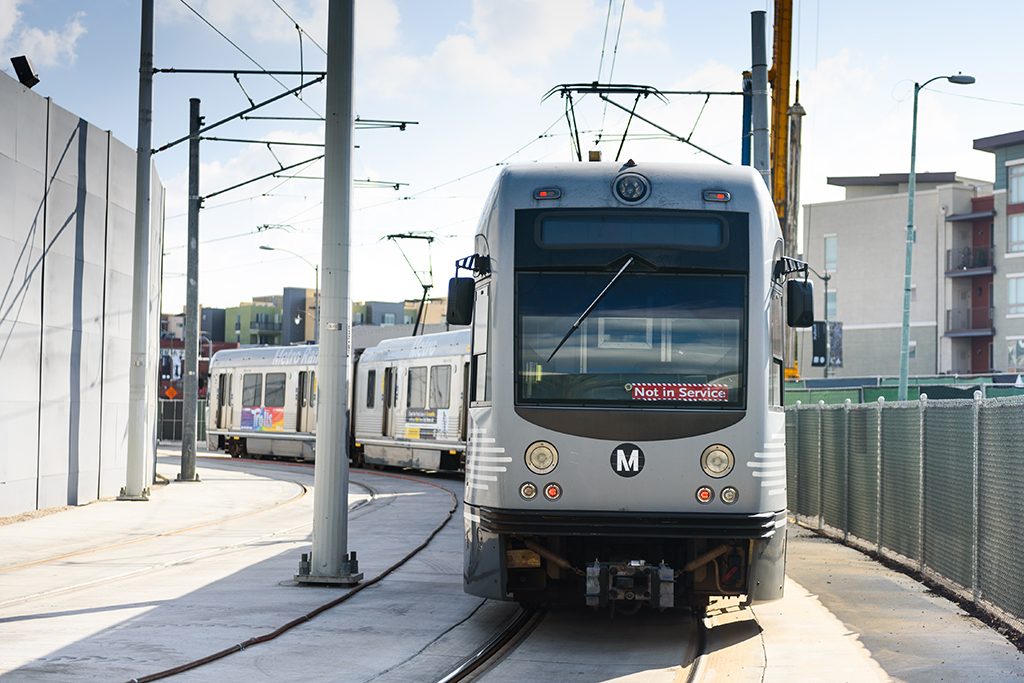TORONTO – Los Angeles’ light rail system is on the move and P3 may play a part.
Los Angeles Metro senior executive officer Rick Meade was in Toronto at the recent Canadian Council for Public-Private Partnerships (CCPPP) annual conference to talk about the city’s large-scale expansion of its light rail transit service and to gather input and advice from attendees on how public-private partnerships can play a role.
Three projects could potentially adopt the P3 model, Meade said. The 20-mile West Santa Ana Branch light rail project and the nine-mile light rail East San Fernando Valley Transit Corridor may use P3, with the Sepulveda Pass project set to initially use a Project Development Agreement (PDA) model.
“We haven’t made a final decision on any of them yet to develop them as P3. Right now we’re in a value for money analysis and we’re looking at risk, risk transfer and the cost of that risk transfer and depending on how that analysis comes out, if it makes good business sense for Metro to proceed with those, then we will proceed with them as a P3,” Meade said.
Meade explained a PDA brings a private developer on board with Los Angeles Metro “way up front, a couple of years prior to getting ready for a financial close and has that developer work with us through the environmental process to develop alignments, modes of travel and help us use the innovative capacity of private industry through that process to find an alignment that’s economically beneficial and efficient in moving people.”
Los Angeles Metro has also committed to a “Twenty-Eight by ‘28” initiative which highlights 28 projects for potential completion in time for the upcoming 2028 Olympic games. That timeline is also a factor in which model is adopted, he said.
“We’re looking to complete as much of these projects as possible by the 2028 Olympics. The potential for phasing these projects is something that we’re looking at because if you’re building a portion of a line, it’s less costly and from a schedule perspective you can get it done more quickly,” Meade said.
“At the same time (this activity) blends in with our environmental process, so we develop a certified environmental document at the same time the PDA is complete and then once the PDA portion of the contract is over we give the PDA developer the option to negotiate with us for a P3 contract that takes it on through completion,” he added.
The Los Angeles region is a series of cities and Meade noted that makes building metro lines spanning municipalities a complex task.
“We make every effort to reach out to each community, develop relations, and have communities participate in what we’re doing as much as possible,” he said. “A big factor in the process we go through to environmentally clear these lines is developing relationships with each of the local agencies and reaching out to the community with a lot of public meetings and we ask the public to tell us what their concerns are and what the challenges are from their perspective and we do everything we can to mitigate those concerns.”










Los Angeles is also expanding Metro’s heavy rail subway system on the Wilshire/Westwood line.